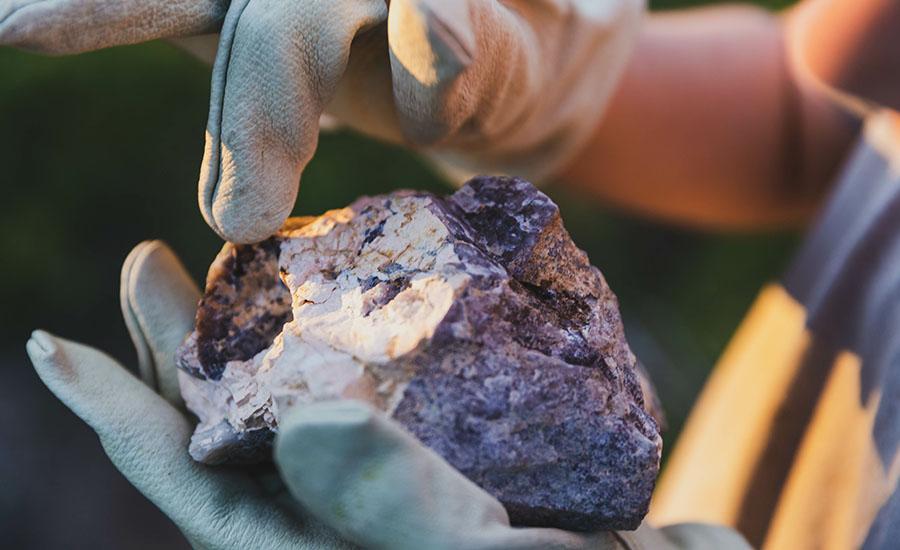
Growing Crystals Part 1: Actualizing the Formation of Crystalline Solid
by Maria Theresa Gonzaga
GROWING CRYSTALS PART 1, A lesson that focuses on the different types of formation of crystalline solid, its properties and the attractive forces responsible to it during chemical bonding.
It is expected that at the end of the lesson the following skills are achieved:
To describe the different types of crystals and their properties: ionic, metallic, covalent and molecular.
To classify crystals according to the forces of attraction.
To relate the properties of different types of solids to the bonding or interactions among particles in these solids.
To Design and create your desired crystalline formation using sugar and sodium tetraborate.
Lesson Plan Link/URL
https://docs.google.com/presentation/d/1tf2IE3MMm6z2Ev--Zk5FHCh8pgJQWNXe/edit?u…Subject Area
Science Physical Science P1: Matter P4: Energy Transfer Technology 3. Knowledge Constructor 6. Creative Communicator English Language Arts (ELA) Reading (Informational Text) Writing
Featured
Off
Related Content

Grades:
4th Grade, 5th Grade, 6th Grade, 7th Grade, 8th Grade, 9th Grade, 10th Grade, 11th Grade, 12th Grade
The Micro:bit prototyping academy is designed to teach students the basic commands and features in order to innovate their own device. They will learn the input commands, variables and conditional

Grades:
4th Grade, 5th Grade, 6th Grade, 7th Grade, 8th Grade, 9th Grade, 10th Grade, 11th Grade, 12th Grade
Learn how to train your own Artificial Intelligence neural network without the complexities of coding. Google's (free) Teachable Machine is a web-based tool that makes it easy to train your computer

Grades:
9th Grade, 10th Grade, 11th Grade, 12th Grade
The goal of this module is to learn about the production of musical sounds through the vibrations in stringed instruments. The module is expected to take place over approximately 4 class periods.